Silla de Felipe II (Phillip II’s Chair)
According to tradition, King Phillip II supervised construction of the seat of his empire from this seat carved into rock.
From this series of stepped platforms, it is said that Philip II of Spain monitored the construction of the seat of the Spanish Empire. The platform, as well as the four seats located on the north side, was said to be engraved at the command of the king to accommodate him and his entourage.
The platforms, stairs, and seats are distributed in three main units and the whole set is sculpted directly into the granite. Philli II’s Chair stands out from the rest—formed by three stone seats separated by armrests, this seat is supposedly where the king sat to supervise the works of the Monastery of El Escorial, headquarters of the immense Spanish Empire. The story behind the chair was a common legend, and while the king did come hunt and walk in the area, evidence points to a different origin story.
In 1999, the archeologist Alicia M. Canto of the Autonomous University of Madrid suggested that the whole complex could be a sacrificial altar built by the Vettones, a people of Celtic origin who lived on the Iberian Peninsula before the Romans arrived. Other altars in the area show similar Celtic influence, such as Panóias in Portugal. Not far from La Silla are the remains of another, older possible altar.
Know Before You Go
From the M-40 ring road, take the M-503 to Villanueva de la Cañada and then the M-600 to El Escorial and M-505 to the La Herrería car park from where a small road that goes directly to the Chair.
Community Contributors
Added by
Edited by
Plan Your Trip
The Atlas Obscura Podcast is Back!






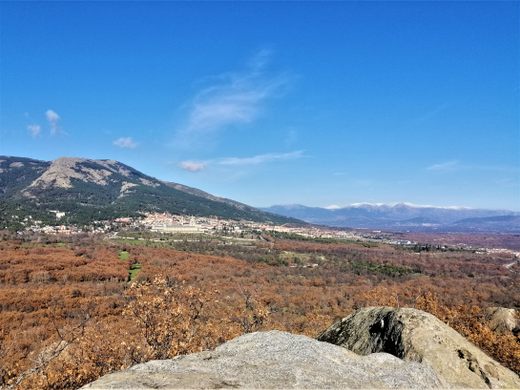
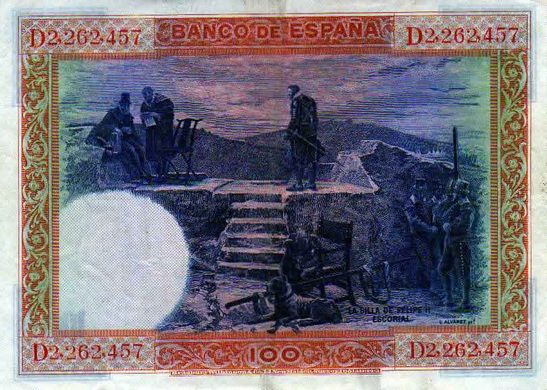



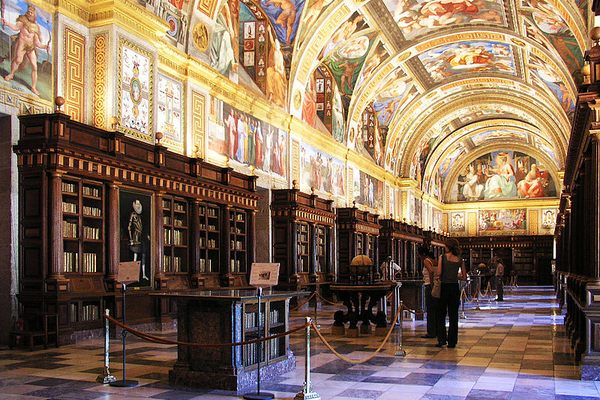


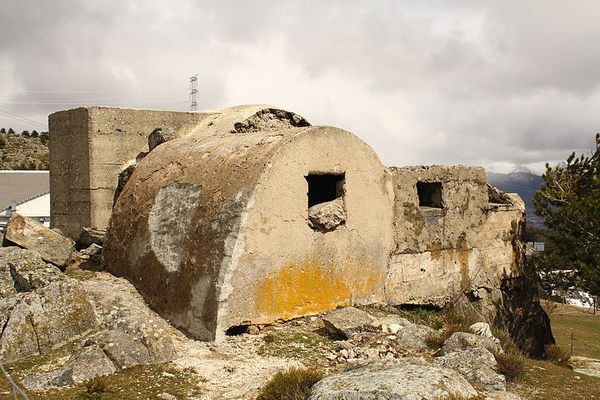
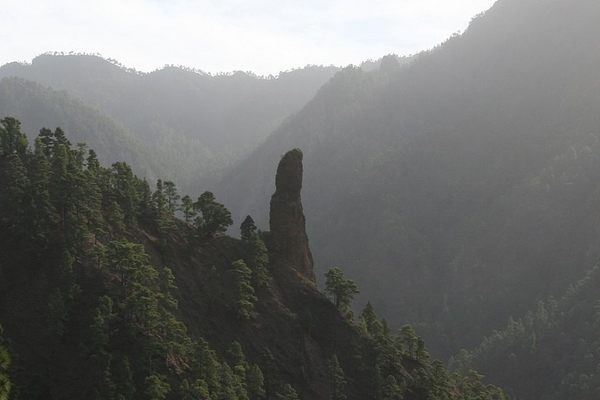


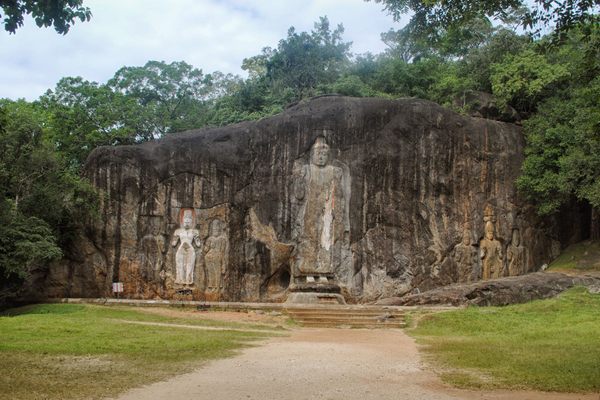

Follow us on Twitter to get the latest on the world's hidden wonders.
Like us on Facebook to get the latest on the world's hidden wonders.
Follow us on Twitter Like us on Facebook